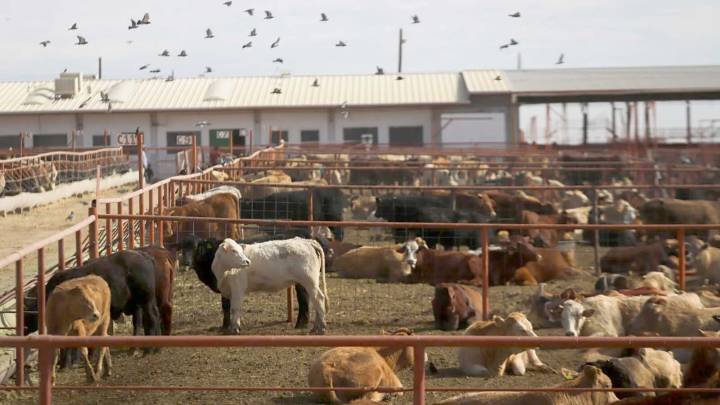Judy McCullough was just a child when the flesh-eating new world screwworm harried her grandfather's cattle ranch in Oshoto, Wyoming, more than 70 years ago. But she hasn’t forgotten the havoc it wrought.
She recalls barn walls splattered with blood and the pungent smell of a chemical tar that was nearly impossible to escape.
“The blood would just spray out and decorate the walls of the barn,” McCullough said, explaining how ranchers resorted to castrating and dehorning calves late in the year during the winter hiatus of the screwworm fly.
“When you dehorn a little calf, there’s very little blood at all. But when it's an 800-pound yearling, it’s a big bloody deal, let me tell you,” she said.
Tar mixed with chemicals like DDT was applied to cattle sores to prevent flies from depositing

 Cowboy State Daily
Cowboy State Daily

 New York Post
New York Post Local News in D.C.
Local News in D.C. Voice of Alexandria Sports
Voice of Alexandria Sports Newsweek Top
Newsweek Top AlterNet
AlterNet FOX News Politics
FOX News Politics 5 On Your Side Sports
5 On Your Side Sports Raw Story
Raw Story